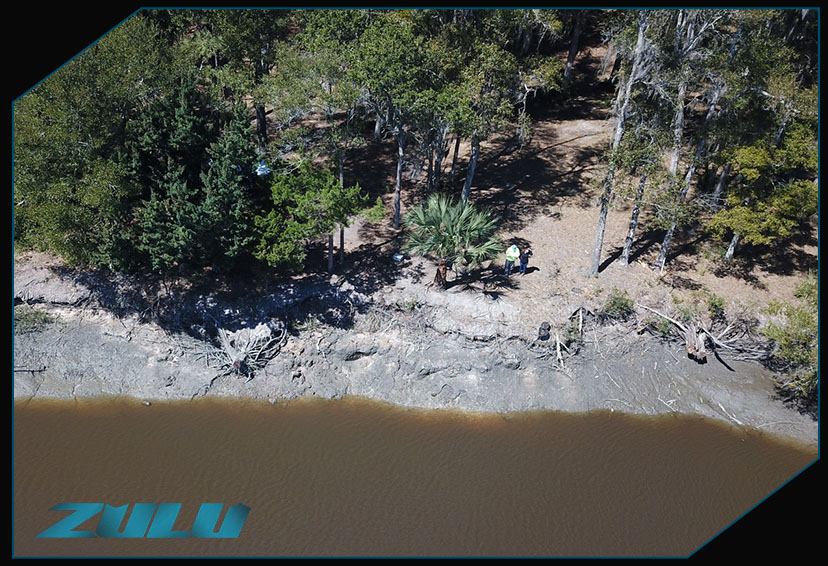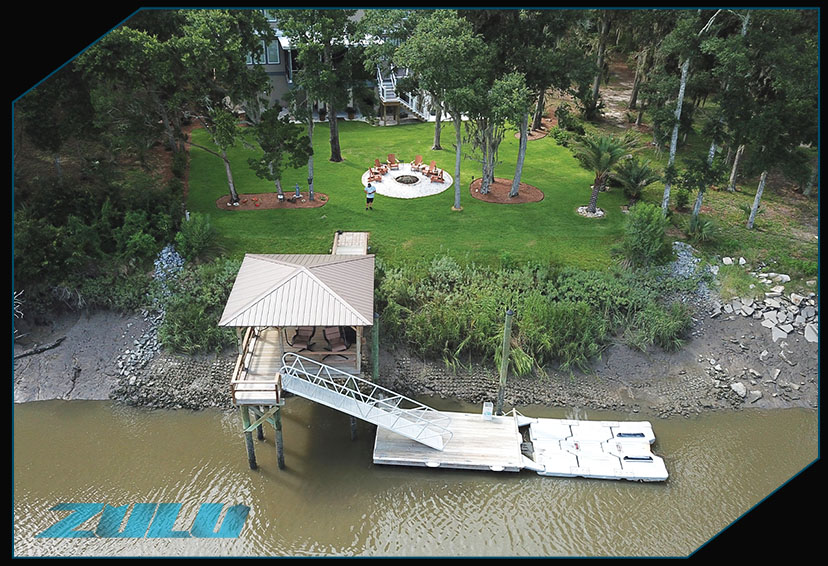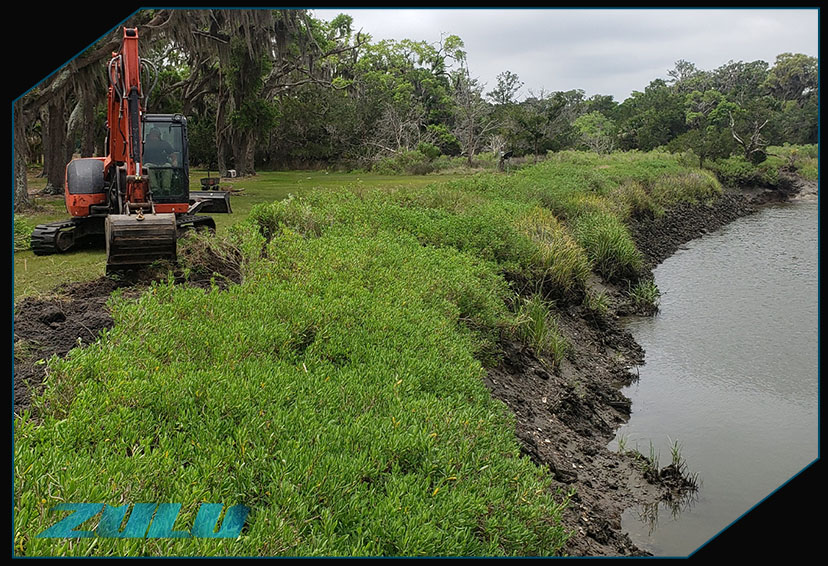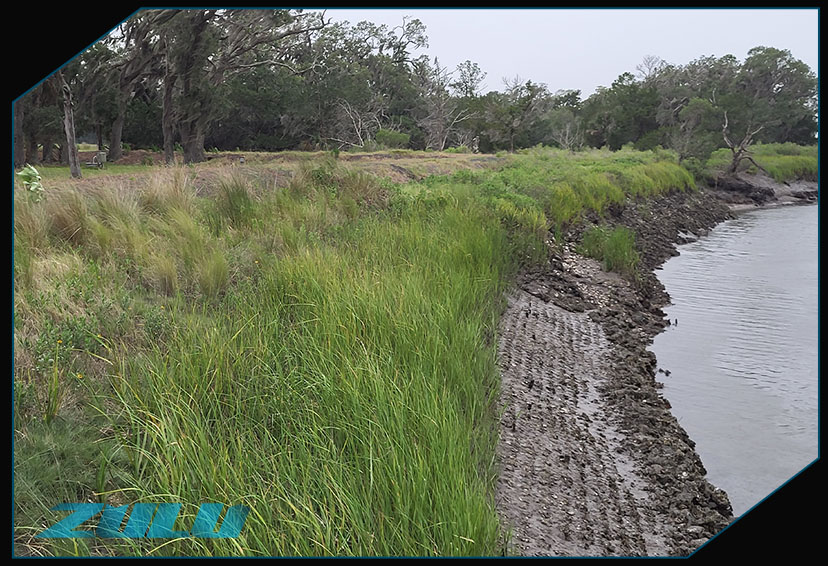Disaster Response
Zulu works with discretion, sensitivity and integrity to manage your disaster response needs.
Zulu has nearly 20 years’ experience in all facets of waterway disaster response, to include debris assessments, marine/waterway debris removal to restore navigation and waterflow, derelict vessel removal, sediment removal, and bank stabilization. We have honed our methodology and equipment to provide rapid, thorough and cost-effective response.
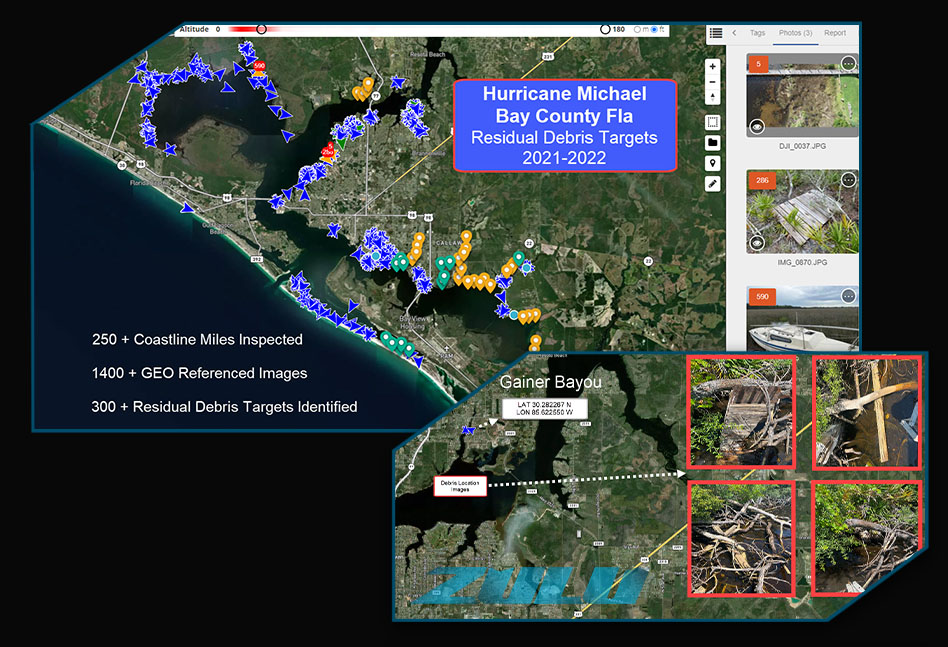
Disaster Assessment
In the wake of a devastating event, immediate aerial views are critical. Thorough debris assessments allow clients and their stakeholders to plan, prioritize and initiate response and recovery efforts.
Zulu disaster mapping teams (licensed UAV pilots) provide quantitative assessments and geo-referenced mapping of affected areas for stakeholders.
Where drones can’t go, we deploy vessels ranging in size from kayaks to our 41-foot Munson Landing craft, or teams to walk areas that are otherwise inaccessible. Regardless of the size and scope of debris, we can assess the damage and provide still and video imagery with a range of features.
For additional information on debris assessments outside of disaster response scenarios, please visit our assessment page.
Debris Removal
Zulu utilizes highly trained and experienced crews to provide disaster debris removal and restore waterflow, preventing additional flooding and aiding in faster recovery. We specialize in sensitive environments, including wetlands and wildlife habitat, using low-impact, purpose-built equipment. We strive to leave no permanent trace. Debris removal services include clearing woody and vegetative debris above and below the waterline and banks, removal of downed or dangerously leaning/broken trees, and removal of man-made detritus from waterways and banks.
For information on debris removal outside of disaster response scenarios, please visit our assessment page.
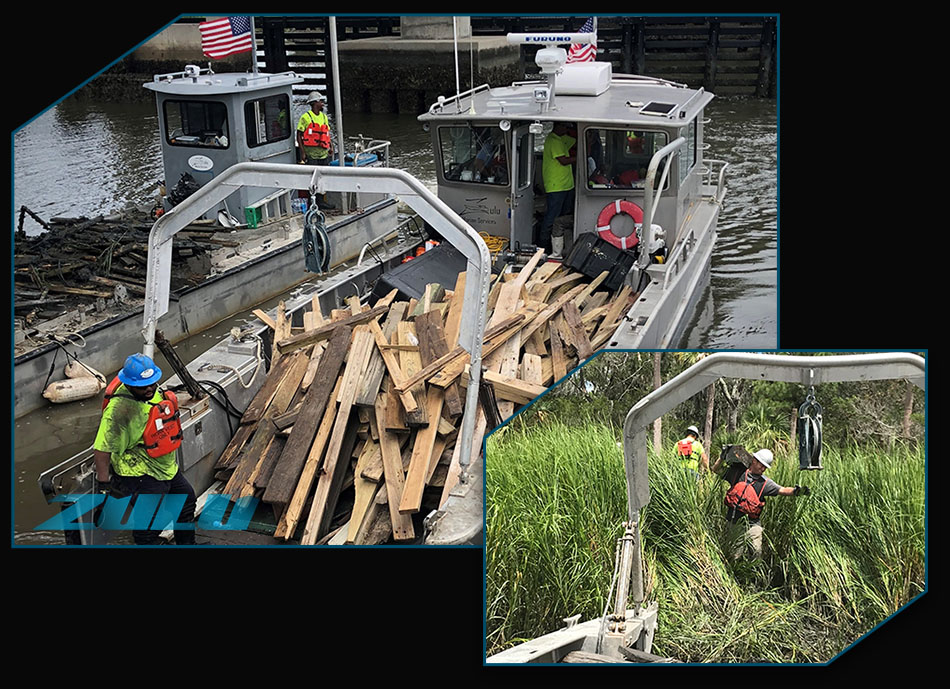
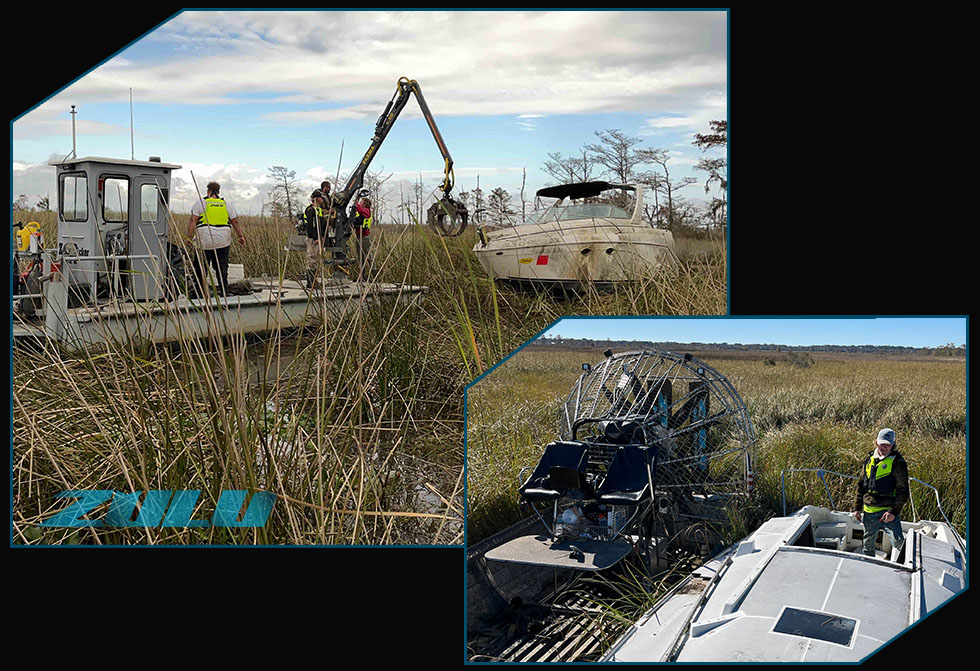
Vessel Removal
Abandoned and derelict vessels (ADV) present a hazard to navigation and to the environment. Zulu utilizes a range of equipment and strategies to remove these vessels, regardless of their condition, and leave little to no evidence of their presence. We have experience in the removal of storm-damaged, derelict and abandoned boats, ranging in size from 12 to 80 feet, from hard uplands to complete submersion in the waterway. Nearly all of this experience is conducted in protected wetlands and nearshore waterways. We utilize equipment that leaves little impact on the environment and are cautious in dealing with marine life as well, including posting manatee signage and employing spotters aboard our vessels.
We adhere to all best management practices with regard to vessel removal and demolition, as well as wildlife and environmental concerns. We assess each vessel to determine the safest, most environmentally beneficial, and most cost effective method of removal. Our removal crews are all HAZWOPER certified, and we are equipped to deal with any and all levels of debris.
After vessel removal from waterways, Zulu takes the extra step of sending divers down to inspect the waterbottom to be certain all debris has been removed.
For additional information on ADV removal outside of disaster response scenarios, please visit our assessment page.
Sediment Removal
During the high winds and flooding associated with storm events, waterbottoms shift and sediment moves, creating additional hazards, such as impeded navigation, decreased waterflow, and flooding in adjacent areas.
Our specialized equipment allows us to remove sedimentation in both large waterways and narrow creeks, ditches and canals.
For additional information on sediment removal and dredging outside of disaster response scenarios, please visit our assessment page.
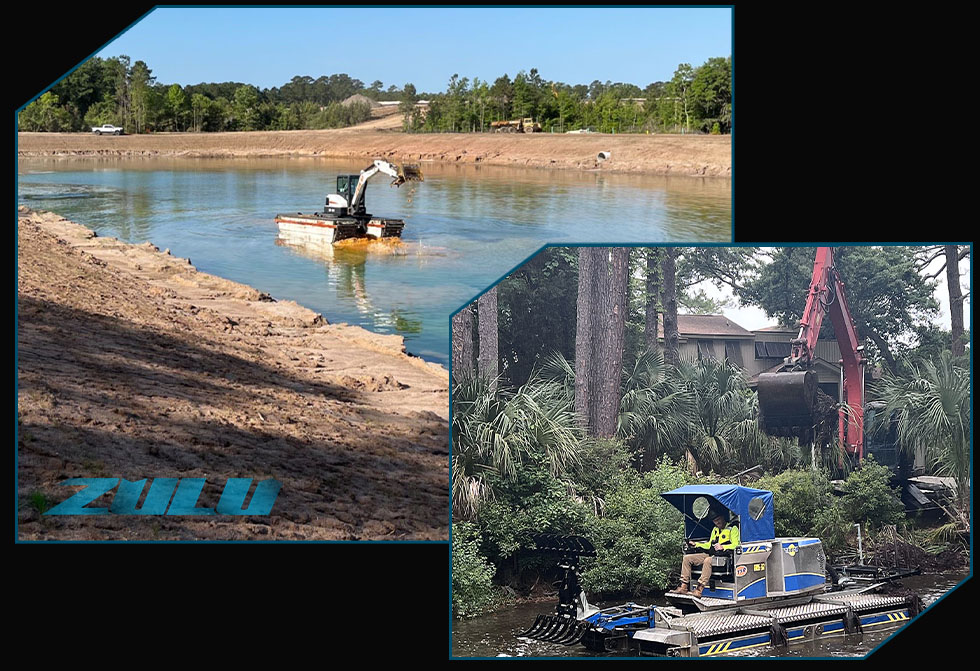
Bank Stabilization
Zulu’s nature-based erosion solutions [link to page] and bank stabilization services are highly beneficial in disaster response and recovery scenarios, minimizing the potential for future damage. Our bank stabilizations utilize engineered erosion control technology, along with native species plantings to stabilize eroded or at-risk banks and shorelines in a way that mimics nature. Our bank stabilizations:
For additional information on nature-based erosion control and bank stabilization outside of disaster response scenarios, please visit our assessment page.
